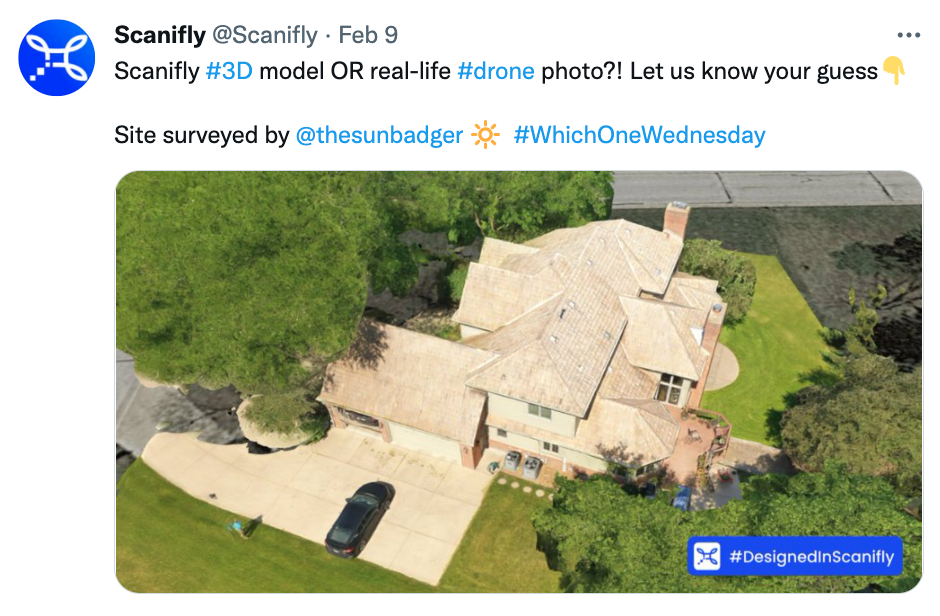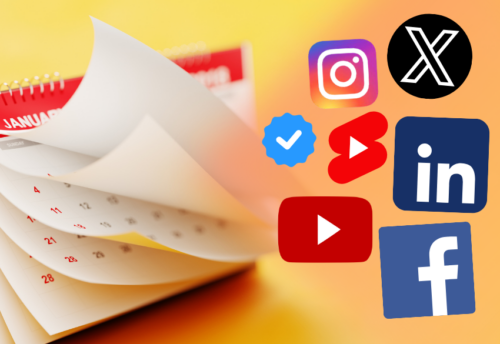
5 Tips for Writing Social Media Copy
The social media world is noisy. Every single minute, Instagram users share 65,000 photos, Twitter users post 575,000 tweets, and Facebook users share 240,000 posts. Effective copywriting is one way to cut through the clutter and make your audience stop the scroll. Below are 5 tips to keep in mind the next time you’re drafting a Tweet or typing up a LinkedIn post.
1. Write With Your Audience in Mind
Think about the last time you scrolled through social media. Perhaps you were watching TV in the background or chatting with a family member simultaneously. When writing copy for social media, it’s imperative to realize that you’re writing for people who are casually scrolling and skimming, not highly engaged readers. Social media users aren’t going to stop the scroll to read about your business or products. What will stop a user in their tracks is a post that addresses their problems, needs, or desires. Bottom line: the focus of your social media content should be your customers.
2. Focus On One Clear Objective
For your social media copywriting to be successful, you need to have a clear objective in mind. When it comes to social media, you probably have several goals around conversions, engagement rates, and followers. Try breaking this down a step further and assigning one simple, defined objective to each social media post. Your objective will most likely be linked to a call to action, such as registering for a webinar or downloading a white paper. In some cases, your objective may just be to build awareness or share a key message. Either way, unless you are absolutely clear on the action you want your reader to take, your message will probably be ignored by the skimmers and scrollers.
3. Encourage Your Audience to Join the Conversation
It’s easy to get caught up in all of the different ways to use social media for marketing purposes, but don’t lose sight of the initial intention of social media. To be social. This requires moving away from one-sided self-promotional posts and moving toward two-sided conversations. Engage with your readers through copy by asking them questions or encouraging them to share their opinion.
4. Get Casual
People use social media to connect with friends and family, socialize, and catch up on news. An informal, less business-like tone is appropriate and expected on social media channels. Social copy also needs to be shorter than usual due to character limits and the need to get your message across quickly. Using abbreviations and breaking a few grammar rules are useful and acceptable ways to achieve that. Don’t be afraid to utilize fun, casual trends or emojis when creating copy either. Just be sure to stay true to your brand’s tone of voice.
5. Write Differently for Different Platforms
Before you start writing copy for each social media channel, you need to have a clear understanding of why people use each of those platforms in the first place. For example, Twitter is a platform for sharing timely news and LinkedIn is a professional networking site. Copy elements like caption length, vocabulary, and CTAs will be different depending on which platform you are writing for. Not adjusting your copy for each platform could result in asking Facebook followers for a retweet, having your copy get cut off, or tagging an Instagram handle on LinkedIn.






Leave a Comment
You must be logged in to post a comment.